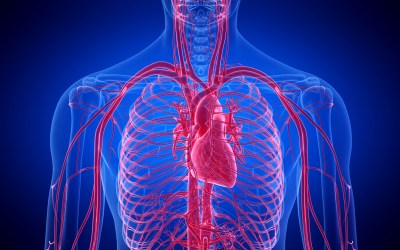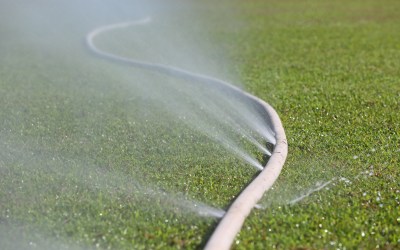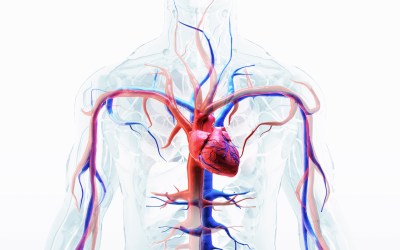Have you ever wondered how nursing works outside of your country? What protocols are used, how is the coordination between professionals, and how is patient follow-up conducted? Christian Dupont is...
Clinical Environment & History
You can find all the articles linked to Clinical Environment & History in this page.
Ensuring optimal care for DIVA patients
The VAD (vascular access device) insertion experience varies between patients. For individuals with difficult intravenous access (DIVA), the process can become traumatic and notably painful....
Overview of anatomy and physiology related to vascular access: veins of the chest and neck
This article about chest and neck veins is part of a series about the anatomy and physiology related to vascular access. To read the first part about arm veins, click here. Chest and neck veins are...
Overview of anatomy and physiology related to vascular access: peripheral veins
VADs (Vascular Access Devices) can be inserted in various areas of the body via a selection of veins. Some venous access sites can result in more complications. It is therefore important to...
Extravasation: Causes and treatment
Extravasation can be defined as the accidental leakage of a chemotherapy infusion into the subcutaneous tissues, and exceptionally into the pleura or mediastinum. It can be an absolute therapeutic...
Central venous catheters dysfunctions: diagnosis, causes and treatment
Central venous catheters are intravenous devices whose distal end must be located at the atrio cava junction (union of superior vena cava and right atrium). They allow the infusion of irritant...
Skin lesions in Vascular Access: Management and Prevention
Skin lesions include MARSIs and various intrinsic or clinical conditions that pose a challenge in maintaining adequate fixation of the central catheter on the patient’s skin…
Understanding the Concept of Vessel Health and Preservation
Introduction Vascular access is the commonest invasive procedure performed on hospitalised patients, but it is not without complications1. Complications can include phlebitis, localised infection,...
What is the meaning of symbols on medical devices labels?
On medical devices labels, manufacturers have to include the necessary information about the equipment that healthcare professionals are going to use for patient care. Provided on products’ batches...
Revised Standards of Practice for Vascular Access and Infusion Therapy
Due to the invasive nature of vascular access and infusion therapy, the potential for risk and complications associated with the specialty is high. Therefore, it is essential that competent,...
AFIC-VYGON Cancer Nurses Survey
The literature on the experiences of patients living with a CVAD suggests that the devices are accepted by patients, with the main attraction being a reduction of repeated painful cannulation (Yamada et al, 2010; Sharp et al, 2014; Alpenberg et al, 2015; Song and Oh, 2016; Parás-Bravo et al, 2018)…
The Patient Experience of Vascular Access: A Facebook Survey
The literature on the experiences of patients living with a CVAD suggests that the devices are accepted by patients, with the main attraction being a reduction of repeated painful cannulation (Yamada et al, 2010; Sharp et al, 2014; Alpenberg et al, 2015; Song and Oh, 2016; Parás-Bravo et al, 2018)…











